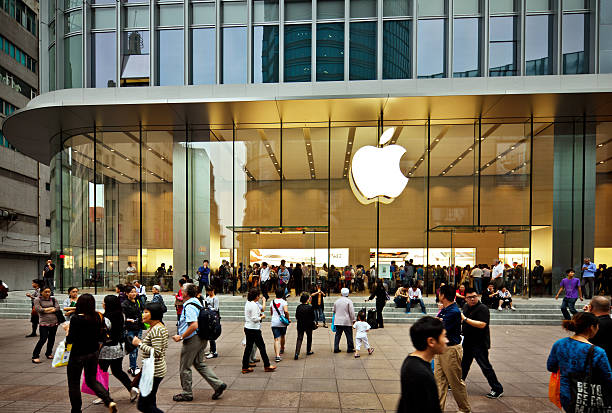Husqvarna AB’s Q1 2025 Interim Report: Navigating Challenges with Robotics and Resilience
Husqvarna AB, a global leader in outdoor power equipment and construction technologies, delivered a cautiously optimistic interim report for Q1 2025, revealing a complex interplay of growth drivers and macroeconomic headwinds. While the company’s robotic mowers and strategic divestments provided bright spots, profitability pressures and regional imbalances underscored the need for continued cost discipline and innovation.
Financial Performance: Mixed Results Amid a Tough Landscape
Husqvarna’s Q1 net sales fell 1% organically to SEK 14.7 billion, though currency tailwinds added 1%, masking underlying softness. Operating income dropped to SEK 1.53 billion (down from SEK 1.93 billion in 2024), with the margin contracting to 10.4% from 13.1%. Exchange rates further weighed on results, contributing a SEK -140 million drag. Adjusted for one-time charges—primarily the SEK 29 million cost of divesting its U.S. Orangeburg facility—operating income improved slightly to SEK 1.56 billion, but margins remained pressured.
Cash flow showed relative stability, with operational cash flow improving to SEK -96 million (vs. SEK -1,057 million in 2024), while net debt declined to SEK 13.7 billion. This reduction reflects the proceeds from the Orangeburg sale, which underscored management’s focus on deleveraging and capital allocation.
Divisional Highlights: Robotics Shine, North America Struggles
The Husqvarna Forest & Garden Division was the star performer, driven by 16% growth in robotic mower sales across both professional and consumer markets. Europe’s demand for handheld tools and automation also bolstered results, though North America lagged due to economic caution and pricing wars. Meanwhile, the Gardena Division mirrored this duality: robotic mowers grew, but watering solutions declined as retailers adopted a “wait-and-see” stance.
The Husqvarna Construction Division faced broader challenges, with European gains offset by ongoing issues in North America. This geographic imbalance highlights the uneven recovery in global construction and landscaping markets.

Strategic Moves and Future Outlook
Husqvarna’s management emphasized three key strategies to navigate 2025:
1. Cost Optimization: A SEK 500 million savings target by year-end, including supply chain and inventory improvements.
2. Product Innovation: Launching 13 new boundary-wire-free robotic mowers for the 2025 gardening season, capitalizing on the premium segment’s growth.
3. Strategic Divestments: The Orangeburg sale not only reduced debt but also streamlined operations, aligning with a shift toward an “asset-light” model.
CEO Pavel Hajman’s impending departure adds a leadership layer of uncertainty, though the board has signaled continuity in strategy.
Risks and Opportunities
The company’s reliance on North America—where sales fell across divisions—remains a concern. Trade tariffs, geopolitical instability, and consumer spending volatility could further strain margins. However, Husqvarna’s focus on high-margin robotics (already accounting for 16% of Forest & Garden sales) and services positions it to capitalize on secular trends toward automation in outdoor work.
Conclusion: A Resilient Play in Automation, But Not Without Hurdles
Husqvarna’s Q1 results reflect a company at a crossroads. While its robotic mowers and strategic divestments demonstrate operational agility, profitability remains vulnerable to external shocks. Investors should note:
- Growth Catalysts: Robotics sales (up 16%) and new product launches could drive margin expansion in 2026.
- Debt Reduction: The SEK 4.1 billion net debt improvement signals financial resilience.
- Cost Discipline: The SEK 500 million savings target is achievable given prior restructuring success.
However, risks persist. If North American sales remain weak or tariffs escalate, Husqvarna’s margins could face further pressure. Still, the company’s long-term focus on automation—a sector expected to grow at 8-10% annually—provides a compelling case for patient investors.
In summary, Husqvarna’s Q1 report is a mixed bag, but its strategic moves and robotic growth trajectory suggest it could emerge stronger in 2026. For now, the stock (ticker: Husqvarna AB) remains a speculative play on innovation, requiring close monitoring of regional sales trends and execution on cost targets.



_e45148e31749146201654.jpeg)






